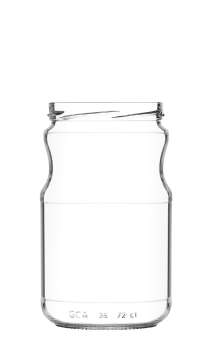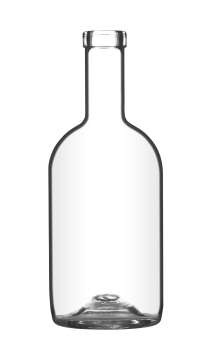Do Glass Packaging Solutions Contribute to Energy Savings?
In today's world, increasing environmental awareness and sustainability priorities have brought about significant changes in the packaging industry. Glass packaging, due to its recyclable nature and eco-friendly characteristics, has become a preferred solution. However, a thorough assessment is required to understand the extent to which glass packaging contributes to energy savings. In this context, it is essential to provide a data-driven analysis of the energy consumption impact of both glass production and recycling processes.
The Glass Packaging Production Process
Glass packaging production involves the melting of natural raw materials such as silica (sand), soda ash (sodium carbonate), and limestone (calcium carbonate) at high temperatures. This process, which occurs at approximately 1,700°C, is energy-intensive and requires significant energy consumption. However, the use of recycled glass considerably reduces this energy demand. The energy required for glass production is approximately 4.8 gigajoules (GJ) per 10 tons of glass.
Energy Savings Through Recycled Glass
The use of recycled glass can reduce the energy required for new glass production by up to 25%. Each ton of recycled glass prevents approximately 315 kilograms of carbon dioxide (CO2) emissions. Moreover, since glass can be infinitely recycled without loss of quality, it provides substantial benefits in terms of both energy consumption and environmental sustainability. It is estimated that each ton of recycled glass saves around 580 kWh of energy, which is equivalent to the daily electricity consumption of approximately 16 households.
Advantages of Glass Compared to Other Packaging Materials
Compared to other packaging materials, glass offers significant advantages in recycling processes. The recycling of alternative materials, such as plastics and metals, tends to be more limited and often more energy-intensive. For example, while aluminum recycling can result in up to 95% energy savings, plastic recycling typically only achieves around 30%. In contrast, glass stands out due to its ability to be recycled endlessly without any degradation in quality.
Energy Savings and Sustainability
The energy-saving benefits of glass packaging are not limited to the recycling process alone. Glass packaging also helps reduce food waste by preserving the freshness of the products it contains, thereby indirectly contributing to energy savings. Considering that global food waste accounts for approximately 10% of global energy consumption, the positive impact of glass packaging in this area cannot be overlooked.
Sources: European Container Glass Federation (FEVE), International Energy Agency (IEA), US Environmental Protection Agency (EPA), Carbon Trust, "Glass Recycling Facts", European Commission, "Glass Industry Energy Efficiency", Food and Agriculture Organization of the United Nations (FAO)

24.10.2024







